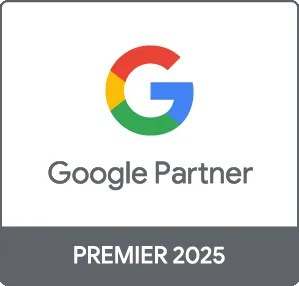Creating a digital advertising budget that aligns with your business goals can be a challenging yet essential task. In this blog post, we’ll explore practical tips and strategies to help you allocate your advertising budget effectively. By following these insights, businesses can maximize their return on investment (ROI) and achieve success in the digital landscape.
Understanding Your Digital Advertising Landscape
Before diving into budgeting, it’s crucial to understand the various channels available for digital advertising. These include:
- Search Ads: Target users actively searching for products or services on platforms like Google Ads.
- Social Media Ads: Utilize platforms like Facebook, Instagram, and LinkedIn to reach specific audiences.
- Display Ads: Visual ads shown on various websites within Google’s Display Network.
- Video Ads: Engage users with video content on platforms like YouTube or social media.
1. Set Clear Goals
Defining your advertising goals is critical for determining an appropriate budget. Consider questions like:
- What are the specific objectives (e.g., brand awareness, lead generation, sales)?
- What is the desired return on investment?
2. Research Your Target Audience
Your audience’s behavior will affect how you should allocate your budget:
- Identify Channels: Research where your audience spends time online and the channels they engage with.
- Demographics and Interests: Use tools to get insights into audience interests to tailor your messaging.
3. Analyze Past Performance
If you’ve run previous campaigns, analyze their performance:
- Assess which channels delivered the best results.
- Identify what strategies worked and budget accordingly for future campaigns.
4. Allocate Budget Based on Performance Metrics
Consider the following key performance indicators (KPIs) when budget planning:
- Cost Per Click (CPC): Budget based on expected CPC for each platform.
- Click-Through Rate (CTR): Use CTR to gauge the effectiveness of your ads.
- Conversion Rate: Allocate more budget to channels and strategies with higher conversion rates.
5. A/B Testing and Adaptation
Allocate part of your budget for A/B testing different ad formats, messages, and targeting strategies:
- Run tests to identify the most effective ads and adjust your budget based on their performance.
- Continuously optimize your campaigns for better ROI.
6. Keep a Reserve Fund
During your advertising campaign, unexpected opportunities may arise. Maintain a reserve fund (10-20% of your budget) to capitalize on these opportunities without compromising your planned budget.
Conclusion
Creating an effective digital advertising budget requires careful planning and continuous adjustments. By setting clear goals, understanding your target audience, analyzing past performance, and adapting based on ongoing results, you can allocate your budget effectively and maximize your ROI. If you need assistance in crafting a tailored digital advertising strategy, Prebo Digital is here to help! Reach out for a consultation today.





